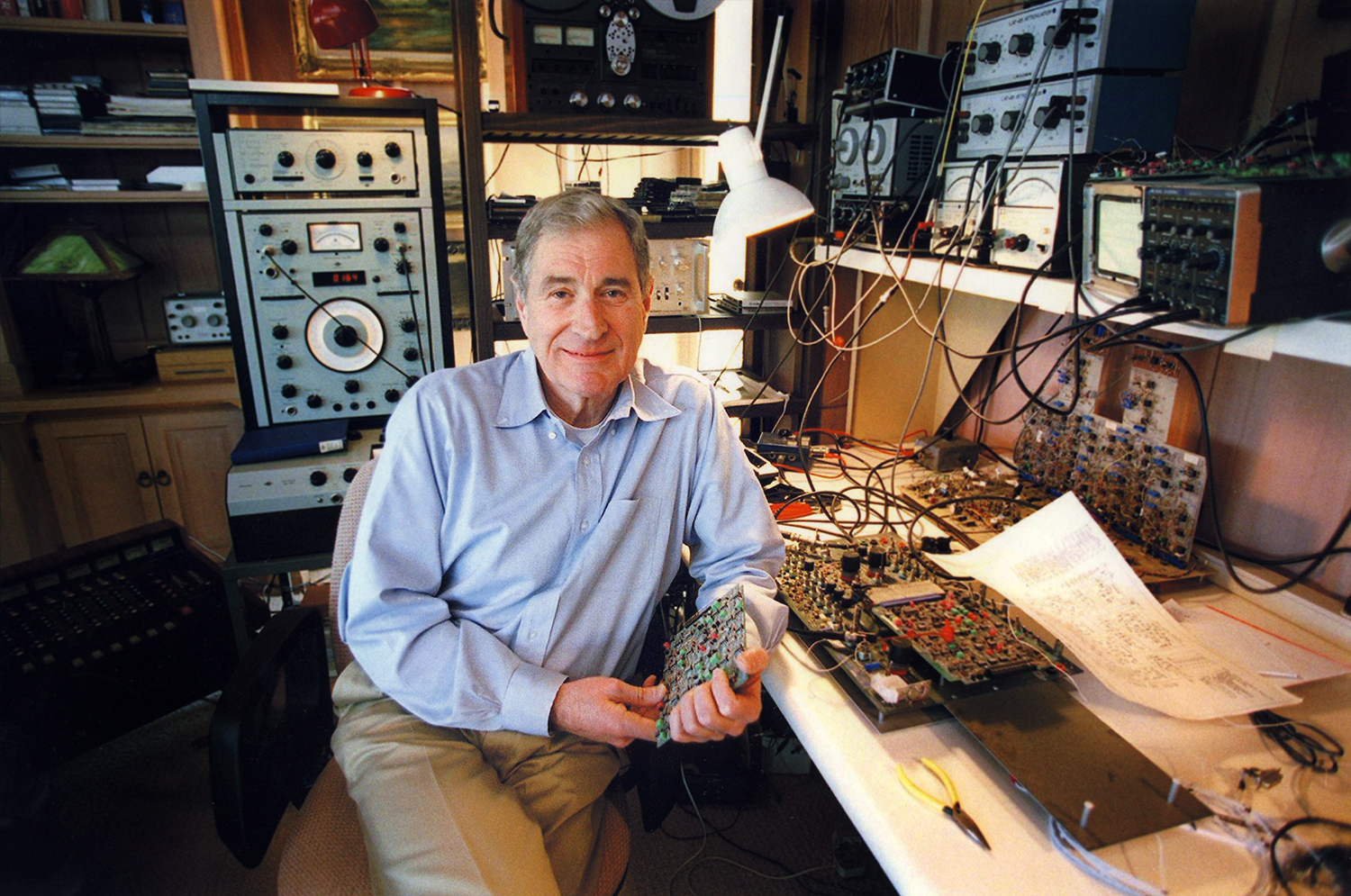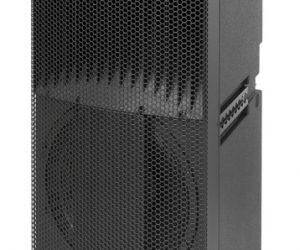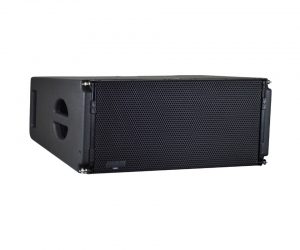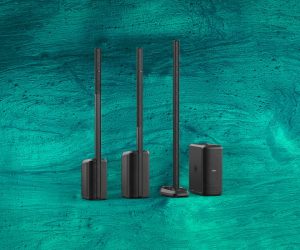
RAY DOLBY, A QUIET ACHIEVER
The majority of Ray Dolby’s largest audience possibly doesn’t really have a clue what he achieved. Only that the name “Dolby” spread across the biggest cinema screens and in front of every DVD menu means something very good about the quality of the audio. For older generations Dolby’s name was all about reducing tape hiss when you were playing back cassettes. This was a kind of holy grail for mobile, music playback in the 1970’s and 1980’s when the cassette tape ruled supreme just like the personal MP3 player does today, and was the media of choice for background music systems, car audio… basically anywhere that vinyl wouldn’t work – but the hiss could drive you nuts. Dolby NR (noise reduction) wasn’t a perfect science, filtering out too much of the top end for some audiophiles and some people even preferred to listen to Dolby-encoded tapes with the NR switched off to hear the enhanced high frequencies. But the second Dolby B version was adopted as a commercial standard for pre-recorded cassettes. Dolby C was better, but much less widely used.
For recording engineers the jewel in Dolby’s crown was Dolby SR, the more complicated and professional system (and therefore too expensive for consumer tape decks) that was incorporated very successfully into multi-track tape recorders used in studios worldwide. Ray Dolby’s invention ensured we heard the most subtle musical performances without suffering a blanket of white noise.
Later in his career Dolby and his company focused on cinema sound where his name is now most synonymous. He also found time for 50 other US patents, plus winning Emmys, Oscars and a Grammy for his work.
Turn the Dolby on or off? It was always tricky to decide from one cassette to another. We know what Ray Dolby would have said.

















RESPONSES